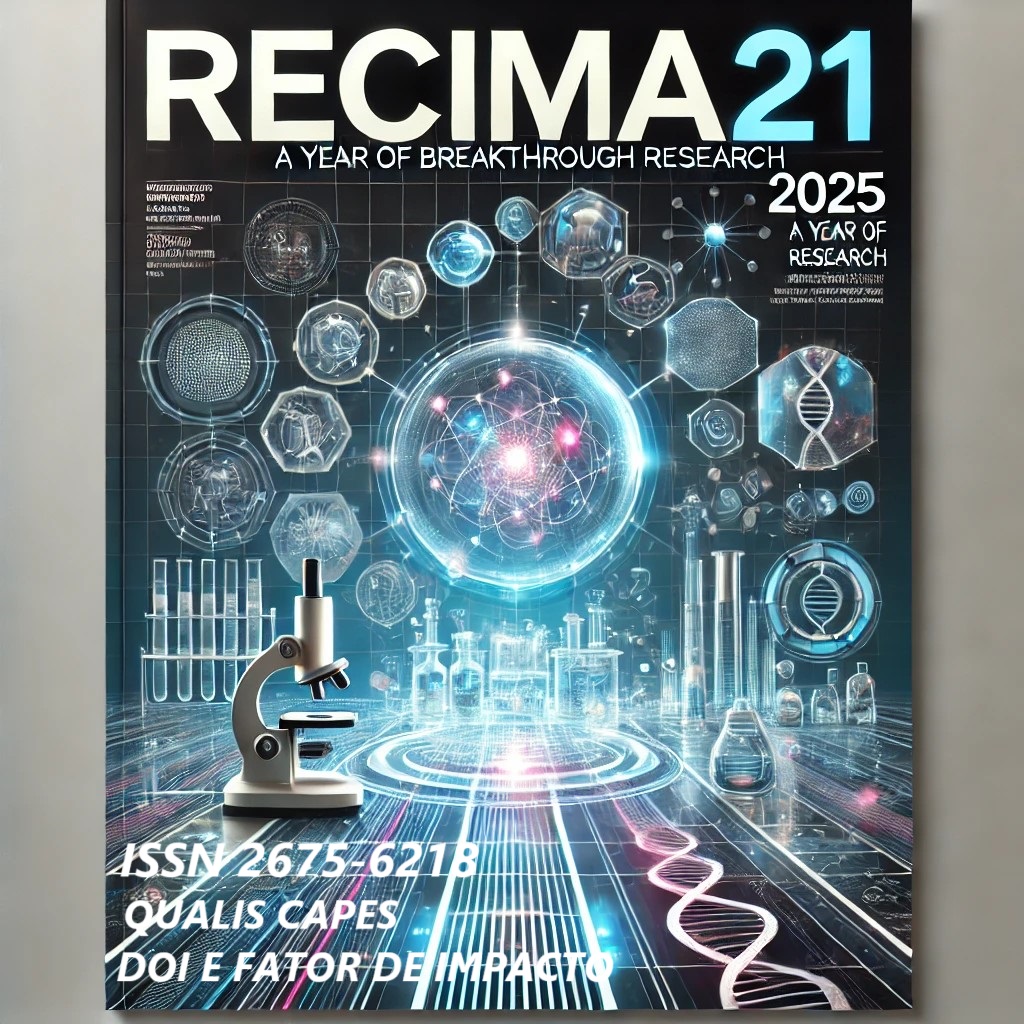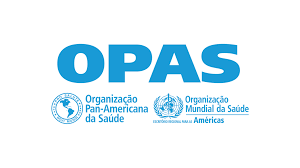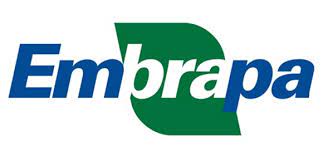ADAPTATION OF WHITE MANGROVE (Avicennia marina) IN FRESHWATER ECOSYSTEMS IN THE MARROMEU COMPLEX IN MOZAMBIQUE
DOI:
https://doi.org/10.47820/recima21.v6i11.6822Keywords:
Marine species. Ecological impacts. Avicennia Marina.Abstract
The adaptation of marine species such as Avicennia marina to freshwater ecosystems can be influenced by several environmental factors, such as variations in salinity, temperature, and available nutrients. This study aims to evaluate the factors contributing to the adaptation of Avicennia marina to freshwater ecosystems in the Marromeu Complex. The methodology was based on a mixed approach, due to the need to analyze both the physical and biological variables related to the adaptation of Avicennia marina to freshwater ecosystems and to understand the ecological impacts of this adaptation. The research had two strands: a field study applying the in situ observation technique of Avicennia marina species along the slopes of the Marromeu Complex, measuring local water temperature and biometric variables, such as stem diameter and vegetation cover. The laboratory study consisted of collecting field data with water and soil samples for the analysis of physical and chemical parameters such as soil and water pH, salinity, turbidity, and dissolved oxygen. The results show that Avicennia marina possesses physiological and morphological mechanisms that allow it to partially adapt to freshwater ecosystems. The influence of environmental variables contributes to the distribution of this species. It was concluded that Avicennia marina adapts to freshwater ecosystems under certain favorable environmental conditions, especially in locations with low salinity and adequate nutrients.
Downloads
References
ALMEIDA, P.; SOARES M.; KAMPEL M. Monitoramento de uma área de manguezal na região metropolitana do Rio de Janeiro através de técnicas de sensoriamento remoto. Rio de Janeiro: UFRJ, 2008.
ARMANDO, L. M. Estudo da Dinâmica da Floresta do Mangal no Estuário dos Bons Sinais. Tese (licenciatura em biologia marinha) - ESCMC-UEM, Maputo, 2011.
AZIZ, A.; KHAN, M. Physiological adaptation of Avicennia marina to seawater concentration in the Indus Delta. Pakistan: Vision Editor, 2000.
BALIDY, H.; LAISSONE, J. O ambiente costeiro e marinho de Moçambique. Maputo: UEM, 2011
BANDEIRA, S.; BENTO, C.; RAFAEL, J.; SAMUSSONE, D. Zambezi River Delta - central Mozambique. Ecologically or Biologically Significant Marine Areas Technical Report. Maputo: UEM, 2012.
BARBOSA, F. M. A.; CUAMBE, C. C.; BANDEIRA, S. O. Status and distribution of mangroves in Mozambique. South African Journal of Botany, Maputo, 2001. DOI: https://doi.org/10.1016/S0254-6299(15)31155-8
BURGUER, B. Wave Attenuation in Mangrove Forests. Numerical modelling of wave attenuation by implementation of a physical description of vegetation in SWAN. Swan: ABC Vision, 2005.
CAMARA, I. Estratégias para uso e conservação do Mangal do Icidua - Província da Zambézia. Quelimane: UEM, 2013.
CARVALHO, A. L.; PEREIRA, P. A.; LIMA, D. P. Ecological adaptation of mangrove species in altered hydrological environments. Journal of Coastal Research, 2022.
DAWES, Clinton J. Botánica Marina. Barcelona: Editorial Limusa, 1986.
DUARTE, C. M. et al. Seagrass ecosystems: Their role in coastal carbon cycling and climate change mitigation. Journal of Environmental Management, 2013.
DUKE, N. C.; SCHMITT, K. Mangroves: unusual forests at the sea edge. Tropical Forestry Handbook. Tanzania: Forest Vision, 2015. DOI: https://doi.org/10.1007/978-3-642-41554-8_129-1
FAO. Global forest resources assessment. Rome: Thematic study on mangroves, 2005.
FAO. The worlds mangroves. Rome: Thematic study on mangroves, 2007.
FUNDAÇÃO DE ESTUDOS DO MAR- FEMAR. Manguezais: educar para proteger. Rio de Janeiro: FEMAR, 2001.
HOGUANE, A. M. Perfil Diagnóstico da Zona Costeira de Moçambique. Revista de Gestão Costeira Integrada, Maputo, 2007. DOI: https://doi.org/10.5894/rgci11
HUBER, M. Estudo comparativo de três projectos de restauração de áreas degradadas de manguezais da grande Florianópolis. Florianopolis: UFSC, 2004.
INOM - INSTITUTO OCEANOGRÁFICO DE MOÇAMBIQUE. Guião de técnicas básicas de restauração do mangal. Maputo: InOM, 2022.
KRAUSS, K. W.; LOVELOCK, C. E. et al. Environmental drivers in mangrove establishment and early development: A review. Pretoria: Aquatic Botany, 2008. DOI: https://doi.org/10.1016/j.aquabot.2007.12.014
LIMA, E. B. N. R. Modelagem Integrada para Gestão da Qualidade da água na bacia do Rio Cuiabá. 2011. Tese (Doutorado no Programa de Pós-graduação de Engenharia) – UFRJ, Rio de Janeiro, 2011.
MACAMO, C.; SITOE, A. Relatório de Governação Ambiental 2016 - Governação e gestão de mangais em Moçambique. Maputo: UEM, 2017.
MAPAI, S. Influência da densidade arbórica e da humidade no carbono contido no solo na floresta de mangal de Mirazane, estuário dos bons sinais. Quelimane: UEM, 2015.
MARIANO, J. Técnicas usadas para restauração de ecossistemas de mangal degradados. Maputo: UEM, 2015.
MAUSETH, James D. Botany, An introduction to plant biology. London: Multimedia ed, 1998.
MCLEOD E.; SALM, R. Managing Mangroves for Resilience to Climate Change. London: Station, 2006.
MEGA, P. Condições hidrológicas nos campos de recuperação de Mangal de Icidua. Quelimane: UEM, 2017.
MENEZES, G. Recuperação de manguezais: um estudo de caso na baixada Santista, Estado de São Paulo. São Paulo: UFRJ, 1999.
MITADER. Estratégia e plano de acção nacional para restauração de mangal. Maputo: MITADER, 2015.
NOVELLI. Avaliação e acções prioritárias para conservação da biodiversidade da zona costeira e marinha. São Paulo: UFRJ, 1999.
ONDU, V.; KAIRO, J.; KIYANHAMARIO MWUARA, F.; BOSIRE, J.; KOEDAM, N. Phenology of Avicennia marina (Forsk.) Vierh. In: A disjunctly-zoned mangrove stand in Kenya. Kenya: Sure Edtor, 2010.
PERRIN, William et al. Encyclopedia of Marine Mammals. London: Academic Press, 2002.
PROBIO - PROGRAMA NACIONAL DA BIODIVERSIDADE. Projecto de Conservação e utilização Sustentável da Diversidade Biológica Brasileira. Rio de Janeiro: PROBIO, 2013.
RIBEIRO, L. M.; SILVA, T. R.; SANTOS, M. L. Mangrove species adaptation to environmental stress: Avicennia marina in freshwater habitats. Environmental Research Letters, 2021.
RICARDO, N. et al. Mangais, Berçário biológico, Boto e habitante espécie. Portugal: Monte Caparica, 2005.
SAENGER, P. Mangrove ecology, silviculture and conservation. New York: Springer, 2020.
SAKETT, M.; MATUSSE, R. Study for the determination of the rate of deforestation of the mangrove vegetation in Mozambique. Maputo: DNFFB, 1994.
SCHMITT, K.; DUKE, N. Mangrove Management, Assessment and Monitoring. London: Tech Editor, 2015. DOI: https://doi.org/10.1007/978-3-642-41554-8_126-1
TÁVORA, B. Monitoramento de mudas de plantas manguezal, rhizophora mangle replantadas em áreas degradadas, na região do rio santo amaro, no município do Guarujá. São Paulo: UFSC, 2011.
TEMBE, D. Caracterização da estrutura da vegetação e estado de exploração do mangal da Ponta Olinda. Maputo: UEM, 2010.
UNEP. Mangroves of East Africa. Kenya: UNEP, 2003.
WWF. Ecosystem Services Valuation of Mangrove Forests in the Zambezi delta. Quelimane: WWF, 2017.
Downloads
Published
License
Copyright (c) 2025 RECIMA21 - Revista Científica Multidisciplinar - ISSN 2675-6218

This work is licensed under a Creative Commons Attribution 4.0 International License.
Os direitos autorais dos artigos/resenhas/TCCs publicados pertecem à revista RECIMA21, e seguem o padrão Creative Commons (CC BY 4.0), permitindo a cópia ou reprodução, desde que cite a fonte e respeite os direitos dos autores e contenham menção aos mesmos nos créditos. Toda e qualquer obra publicada na revista, seu conteúdo é de responsabilidade dos autores, cabendo a RECIMA21 apenas ser o veículo de divulgação, seguindo os padrões nacionais e internacionais de publicação.













